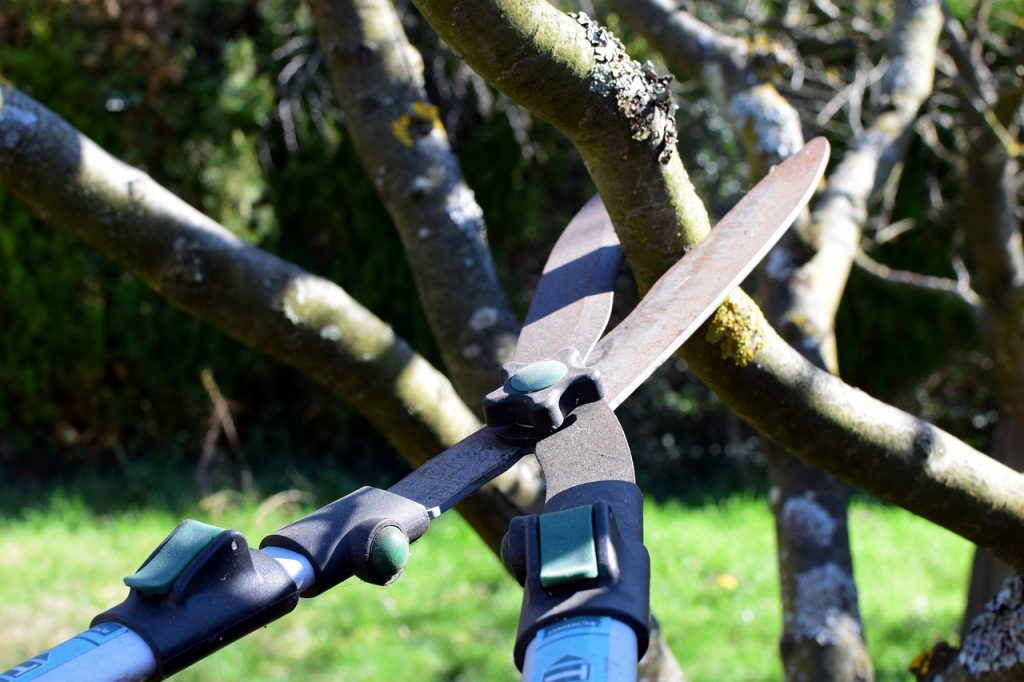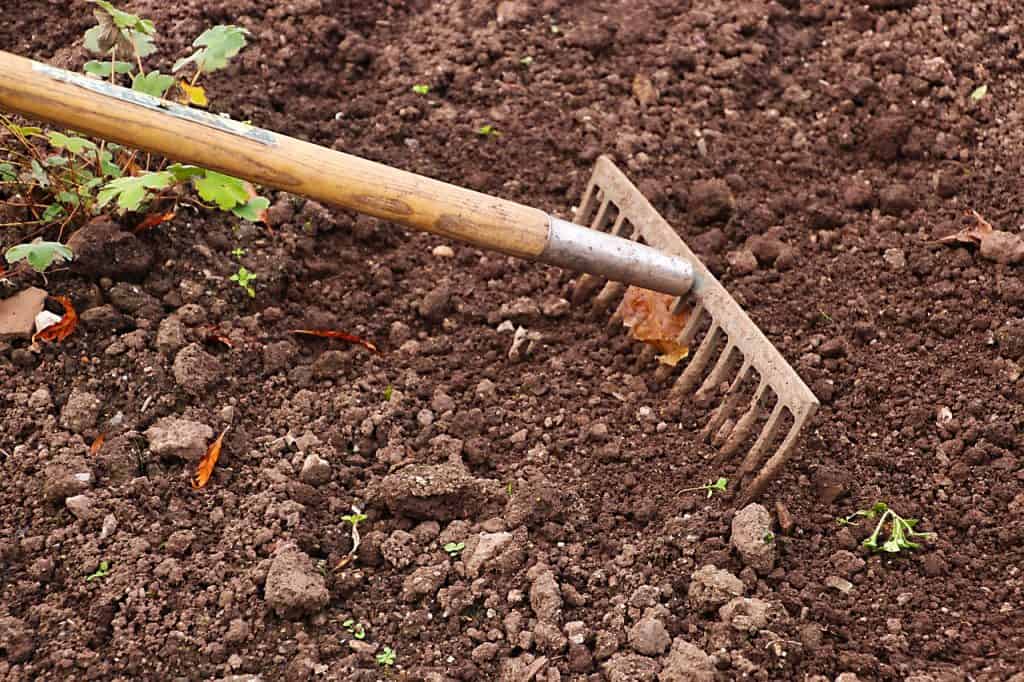Although February is the month of winter, you should start preparing for spring during this month. What garden work can be done in February?
1. Check the state of bleaching of fruit trees. If the rainfall has washed the lime off the trees, then you need to repeat the bleaching procedure.
2. You can start pruning bushes and fruit trees. In February you can cut bushes such as:
3. In February you can gently cut back hardy tree species such as apple and pear trees. If the cut is too severe, apply horticultural ointment to the wounds.
4. When pruning trees and shrubs, look closely at the plants for any signs of disease that should be treated by spraying.
5. If you have noticed peach leaf curl or plum cyst in neighboring gardens, you should start spraying in February.
6. It is worth checking the state of protection of trees against hares. If the trunk protection is damaged or not at all, you should apply a hare repellent to the tree.
7. Tree trunks can be bitten by rodents. If this happens, the wounds on the trees need to be smeared with horticultural ointment. To protect trees from rodent attacks, trample snow around the trees – when it freezes, it will act as a barrier.
8. Use snow from the plot to cover the currant bushes so that the buds develop a week later – important if there are spring frosts.

1. If leaves were left for mulch, rake them up and turn them into compost.
2. Before the onset of frost, cover winter vegetables with agro-fiber.
3. In mid-February you can start producing seedlings of early vegetables such as:
4. Tomato seeds can also be sown into containers.
It is best to sow vegetables in multi-pots, which should be sized according to the requirements of the vegetables you are sowing. If you don’t have enough space to store the large pots, sow more seeds in the smaller ones and then transplant the seedlings into individual pots.

When visiting flower beds in February, be very careful not to trample the sprouts of spring bulb flowers.
1. Strong winds can do a lot of damage to beds of perennials and evergreen shrubs. It is therefore important to keep a constant eye on your plants’ covers.
2. In February, you can sow into the ground (if the temperature is above 0) plants such as:
3. While waiting for spring, you can start your own production of seedlings at home by sowing seeds of annual plants into containers, e.g. lobelia, bittercress, and lily of the valley:
In early February, it’s also a good idea to sow geraniums and ever-blooming begonias.
When the flower seeds sown in February come up, water them every two weeks with a compound fertilizer. When the seedlings have 3 or 4 leaves each, transplant them with a clump of soil into larger containers. This will help the plants grow better.
4. During frost-free days, you can make a rejuvenation-forming cut of summer and autumn flowering shrubs. By the end of February, you can make a rejuvenating cut for hedges.
5. If your garden has a pond and fish overwinter in it, make sure that the water surface does not freeze. If ice has appeared, cut an ice hole. To prevent the ice sheet from freezing, you can use a Styrofoam icebreaker.
6. You should break up the snow crust on the grass, so you can prevent snow mold. When there is no snow on the lawn and the temperature is above freezing, then:
House flowers
Towards the end of February, potted flowers should be watered more heavily. If pots of flowers that require constant soil moisture develop a white or cream-colored mycelium on the soil surface, it should be removed as soon as possible, because it can weaken the roots and make it difficult to absorb nutrients from the soil.
The apartment should be ventilated more often, flowers which are located on southern windows should be protected against excessive heat.
Cacti should be placed in a bright and sunny place, they should also be gently watered. It is worth watching them for signs of disease.
>> Read also: March in the garden. Check what work needs to be done
The end of February is the end of dormancy for plants overwintering indoors, that is:
Damaged shoots should be cut, and healthy ones should be shortened by half. After pruning you can move them to a warmer room and start fertilizing. This way the flowers will bloom better.